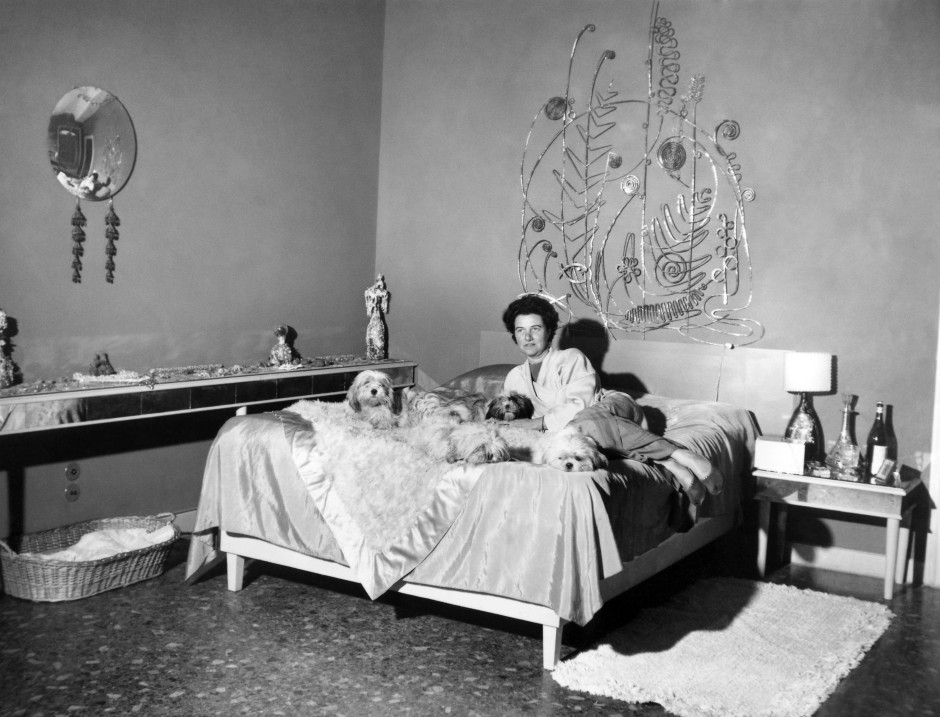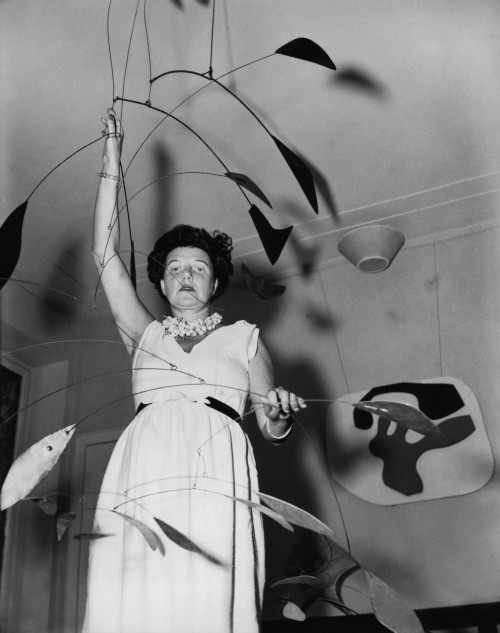
Peggy Guggenheim (1898-1979), the scion of a fabulously wealthy American Jewish family, was one of the pillars of the modern art movement. Bohemian, rebel, iconoclast and hedonist, she was an astute judge of talent, having recognized the potential of painters like Jean Miro, Mark Rothko and Jackson Pollack long before they were famous and having bought their works when they were still affordable.
Lisa Immordino Vreeland’s biopic, Peggy Guggenheim: Art Addict, which opens in Toronto on November 20 at the TIFF Bell Lightbox, traces her life from a mansion in New York City to a palace in Venice. It’s a revealing and entertaining portrait of an eccentric liberated woman who attained independence through a passion for art and modelled herself after the American writer/celebrity Gertrude Stein.
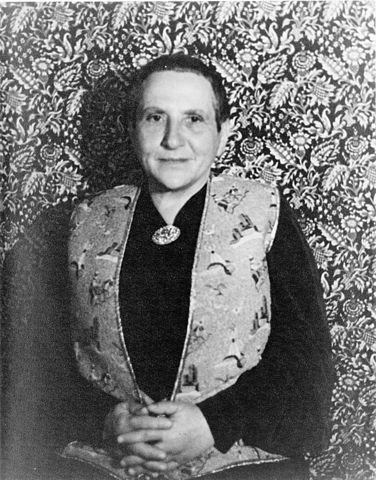
The film, in large part, is based on never-before-heard taped interviews with Guggenheim conducted by her authorized biographer, Jacqueline Bograd Weld, on the eve of her death. Guggenheim speaks in the clipped, casual style favored by her class of American aristocrats.
Guggenheim’s ancestors, originally itinerant peddlars, were legendary capitalists. Her father, Benjamin Guggenheim, who went down with the Titanic in 1912, was a mining magnate. Her mother, Florette Seligman, was the daughter of a merchant banker. Benjamin and Florette and their three daughters lived like royalty in Manhattan, far from the teeming Lower East Side, the haunt of poor Eastern European Jews.
Brought up in a protective cocoon, Guggenheim developed a taste for art while briefly employed in a book store in New York City. In 1921, she left the embrace of her parents and two sisters, bound for Paris, then the Western world’s cultural capital.
Armed with a fat allowance, she was free to indulge in her two primary interests with gusto, connecting with men through sex and finding herself through art. Guggenheim played tennis with Ezra Pound, the antisemitic American poet, and talked shop with Pablo Picasso, the emerging Spanish painter.
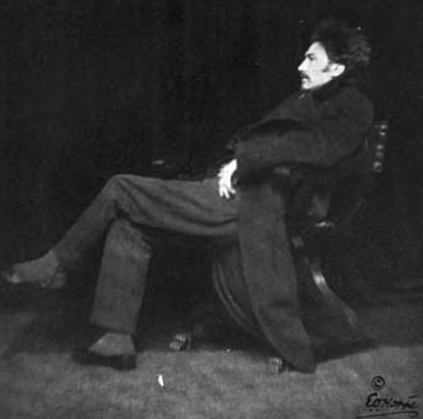
She married Laurence Vail, an American artist, and they had a stormy marriage and two children. They parted ways after seven years, and Guggenheim bounced back by marrying John Holmes, a British painter who would die prematurely. After his untimely death, she collected lovers like paintings.
Guggenheim was not formally schooled in art, but she had a great teacher in the painter Marcel Duchamp. Thanks to a substantial inheritance from her mother, she went on a buying spree, picking up surrealist paintings and opening a gallery in London. Being an outsider herself, Guggenheim was drawn to unconventional art that others stigmatized.
Back in Paris, after 1939, she purchased yet more pieces, assembling the nucleus of what would be one of the greatest collections of avant-garde paintings. As the German army marched toward Paris, she shipped her collection to America and helped Jews in peril escape from Nazi-occupied Europe.
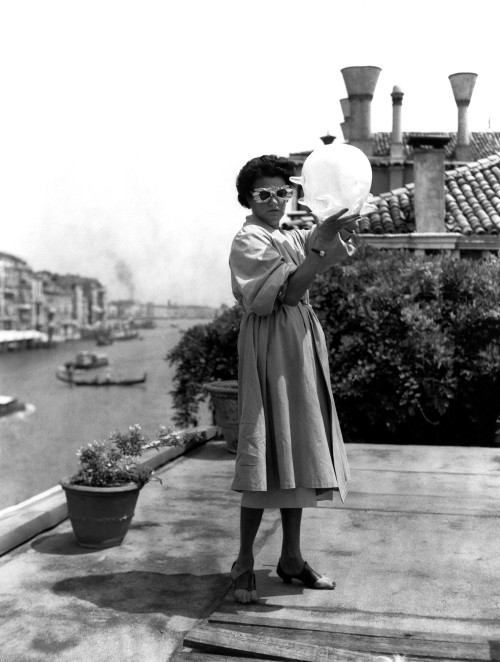
Returning to New York in 1941, she married the mercenary German emigre painter Max Ernst, a womanizer of renown. More importantly, she opened the Art of the Century gallery, which redefined art in America.
Always on the lookout for budding talents, Guggenheim discovered Jackson Pollack, a carpenter-turned-painter, and offered him a one-man show and a monthly stipend. By her own estimation, Pollack was an investment in genius and her greatest discovery.
She went back to Europe in 1947, choosing to settle in Venice, her “dream city.” She bought an Italian palazzo and converted it into a splendid gallery. The Peggy Guggenheim Collection consists of hundreds of works by the world’s most celebrated painters.
Guggenheim left behind legacy that will likely endure, and this film pays homage to her vision and achievements.
